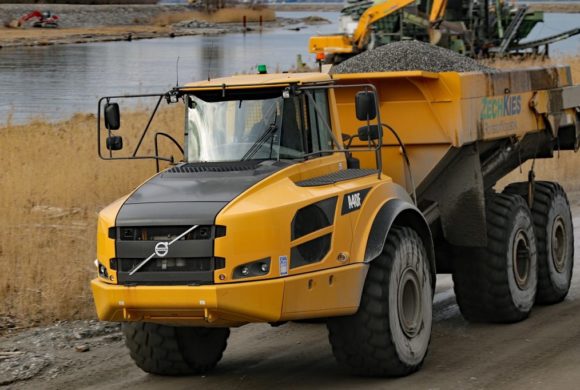According to Virginia State Police, 38-year-old Felimon V. Aizpuro II and 50-year-old Debbie S. Huffman both died in a dump truck backover accident at the intersection of routes 11 and 340 in Augusta County during a highway maintenance project. Huffman was killed instantly. Aizpuro died of his injuries a short time after medical help arrived on the scene. The accident occurred at approximately 3:30 p.m. when visibility was good. Investigators say another worker apparently motioned to the driver that the path was clear for him to back up and drop his load of asphalt. All persons involved worked for the same paving company.
A common tragedy on job sites
The Bureau of Labor Statistics reports that 443 struck-by deaths occurred at highway construction sites from 2003 to 2010. The bureau estimates that 143 of those fatalities were due to backover accidents. Seventy workers were killed in backover accidents in 2011. Backover accidents happen for a variety of reasons. A truck injury lawyer can advise people who have lost a loved one due to a backover accident on their rights and the best course of action.
How do backover accidents happen?
All trucks and other heavy equipment used on job sites should have backing alarms that sound automatically when the equipment is in reverse. These alarms are sometimes drowned out by other worksite noises. Some fatalities occur due alarms not functioningproperly. Workers on foot should wear high-visibility personal protective equipment, but truck drivers may not be able to see workers in their blind spot. Drivers rely on spotters to assure them the path is clear before backing up. If the designated spotter is distracted or busy with another truck, drivers may assume the area is clear or call upon a worker who is not trained to direct heavy equipment. Some backover accidents are due to a combination of factors.
Preventing backover fatalities
The Occupational Safety & Health Administration (OSHA) has established a number of standard operating procedures. Proper education of all personnel on the high risk of backover accidents is crucial. People on foot may not be aware of a truck driver’s blind spots. Video cameras with in-vehicle display monitors offer another way drivers can see what is behind them. Proximity detection devices can alert drivers if they are close to a person or other object. At the start of each shift workers should inspect equipment and review verbal and non-verbal communication signals.

